Rubiks Cube, originally introduced as the "Magic Cube" in 1974, has become a legendary 3D combination puzzle that challenges your spatial intelligence and problem-solving skills. As a versatile and engaging puzzle, it consists of six faces, each covered with nine stickers in distinct colors: white, red, blue, orange, green, and yellow. The objective is to return the cube to its original state with each face displaying a single color, achieved by manipulating the cube’s internal pivot mechanism that permits independent rotation of each face.
Enduring Popularity and Competitive Scene
Although Rubiks Cube reached the peak of its mainstream popularity in the 1980s, it continues to captivate puzzle enthusiasts and speedcubers worldwide. Over the years, it has maintained its status as the best-selling puzzle game ever, with over 350 million cubes sold globally by early 2009. An entire competitive community has emerged around it, where speedcubers strive to set records in solving time across various categories. This competitive aspect is fostered by the World Cube Association, an international governing body organizing official competitions and recording world records since 2003.
Diverse Variants and Modern Appeal
While Rubiks Cube remains the archetype of twisty puzzles, its influence is evident in the diverse array of similar puzzles now available with varying sides, dimensions, and stickers. Its timeless design and attractive challenge continue to inspire new generations of puzzle solvers, ensuring its place in both casual and competitive settings. This enduring appeal, coupled with straightforward mechanics and deep complexity, makes Rubiks Cube a staple for puzzle enthusiasts seeking both entertainment and mental exercise.

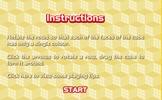
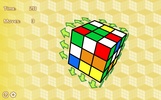
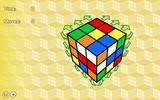

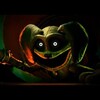
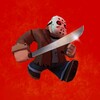

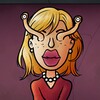
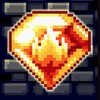
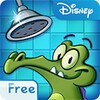
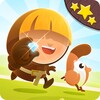

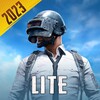

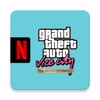



Comments
There are no opinions about Rubiks Cube yet. Be the first! Comment